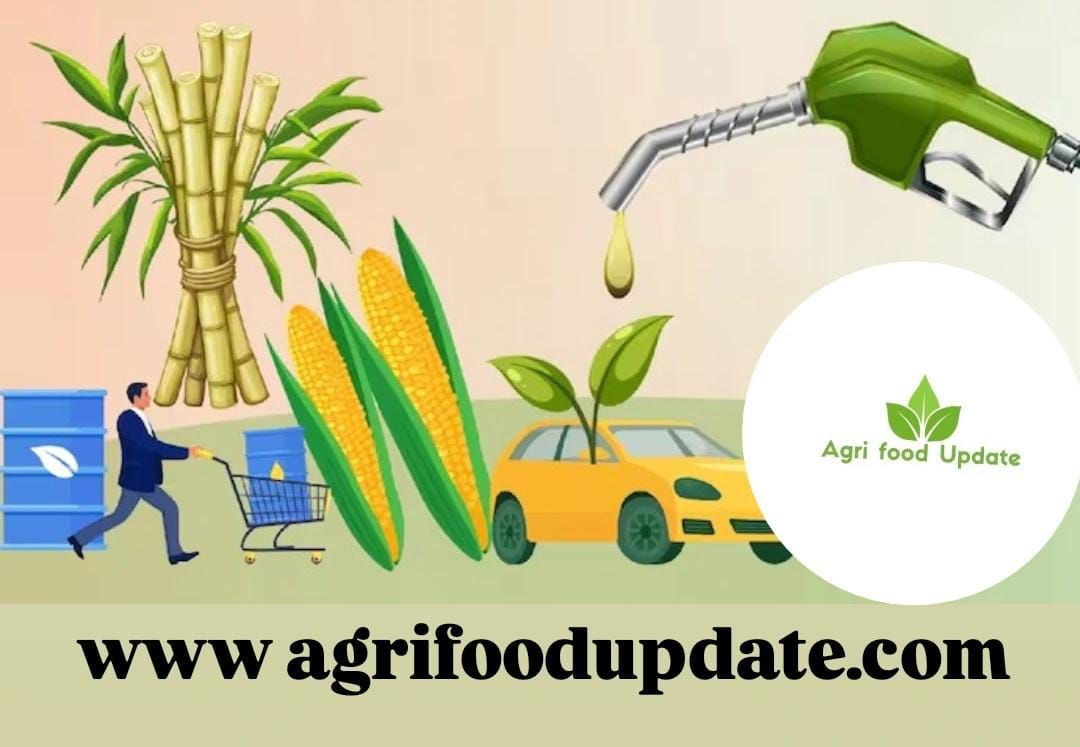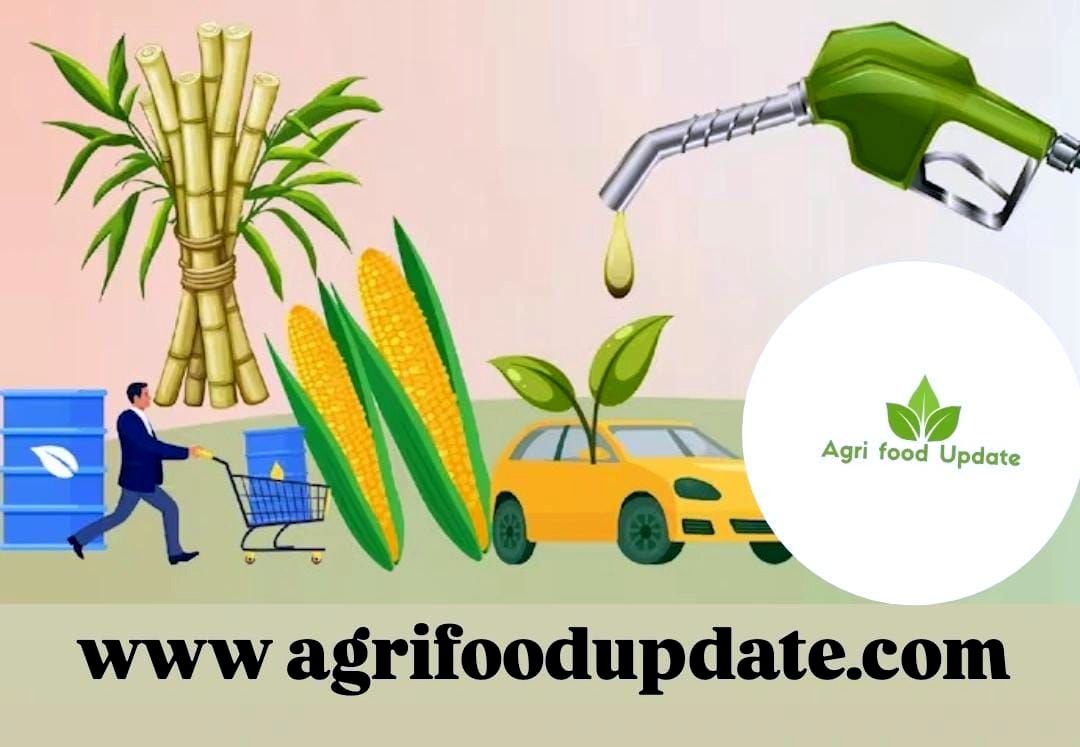
India’s aggressive drive to expand ethanol production is triggering significant shifts in what farmers plant — and raising fresh concerns about food, oilseed, and resource security.
The government’s goal to blend 20 % ethanol (E20) into petrol by 2025–26 has prompted a scaling up of ethanol production using grains like maize, rice, and damaged food stocks, beyond just sugarcane.
- With surplus rice stockpiles and rising grain yields, India is channeling millions of tons of rice into ethanol production.
- As ethanol plant capacity grows, demand for feedstock like maize has surged.
On‑the‑ground shifts in crop choices
- Maize cultivation has jumped sharply: in the 2025–26 kharif season, area under maize increased by ~9 lakh hectares (10.5 % year-on-year) as farmers responded to favorable returns.
- Many farmers are replacing oilseeds, pulses, and cotton with cereals like corn or rice.
- Oilseed acreage has declined ~4 % while corn (maize) area has risen approximately 10.5 %.
- A glut of DDGS (Distillers Dried Grains with Solubles) — the protein‑rich byproduct of ethanol making — is flooding the animal feed market, weakening demand for traditional oilseed meals and depressing oilseed prices.
The shift away from oilseeds and pulses threatens India’s goals of edible‑oil self‑sufficiency and nutritional security.
- Food vs fuel dilemmas emerge: diverting staple crops like maize or rice from food or feed to ethanol may raise prices or squeeze availability for consumption.
- The reliance on grain‑based ethanol also may increase import dependence: India, traditionally a corn exporter, is now becoming a net corn importer to meet demand.
- Water and resource intensity: overly expanding maize or spring maize (planted between seasons) demands heavy irrigation, which could aggravate groundwater stress.
- Vulnerability to monsoon: since much of India’s grain cultivation is rain‑fed, a weak monsoon or climate variability could upend both food and ethanol production.
India’s ethanol strategy is transforming its agricultural landscape. While farmers are reaping higher returns from cereal crops, the wider consequences for food security, crop diversity, oil import dependence, and resource stress are becoming more visible. The balance between energy and agriculture will be a difficult policy tightrope to walk in the years ahead.



